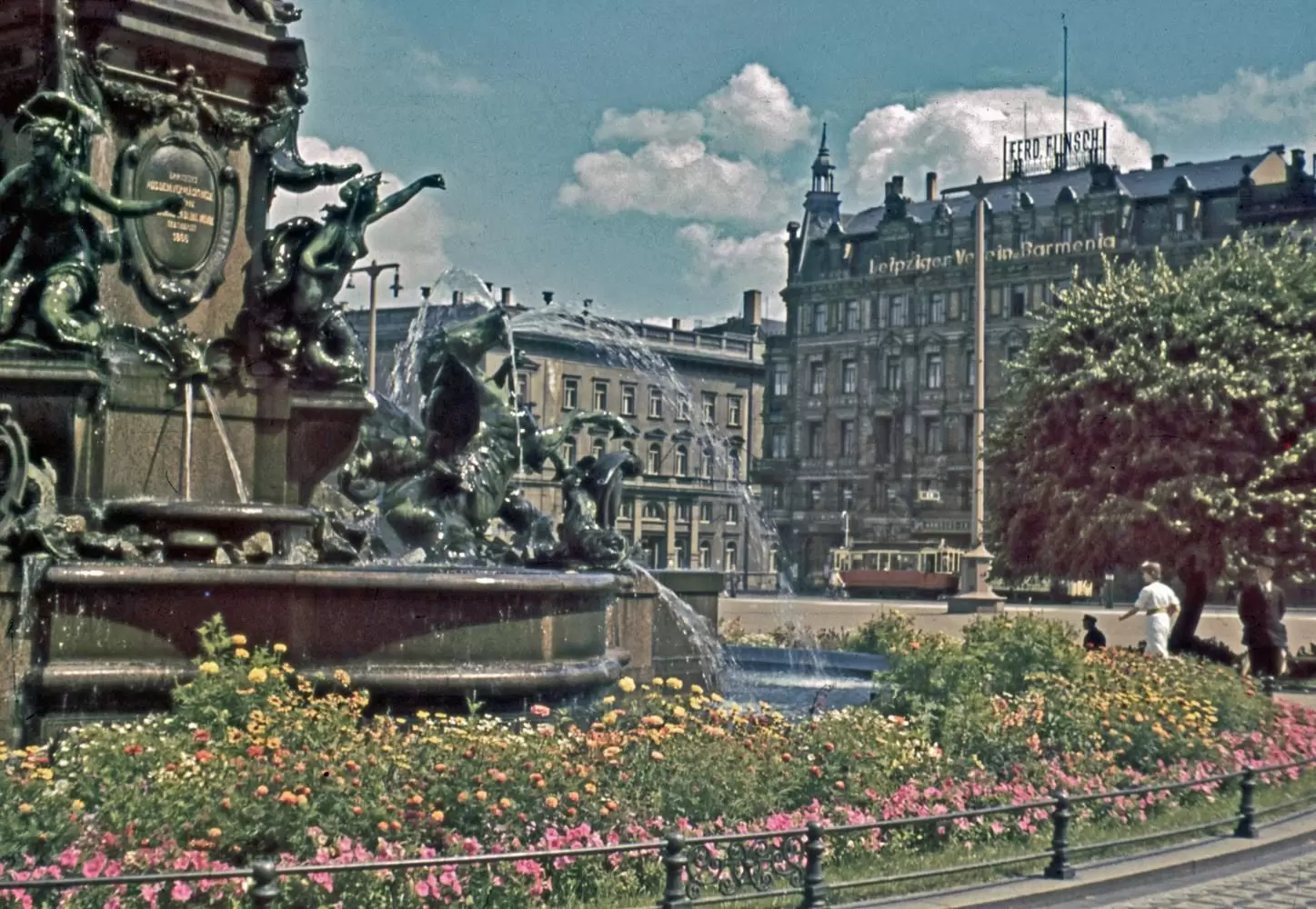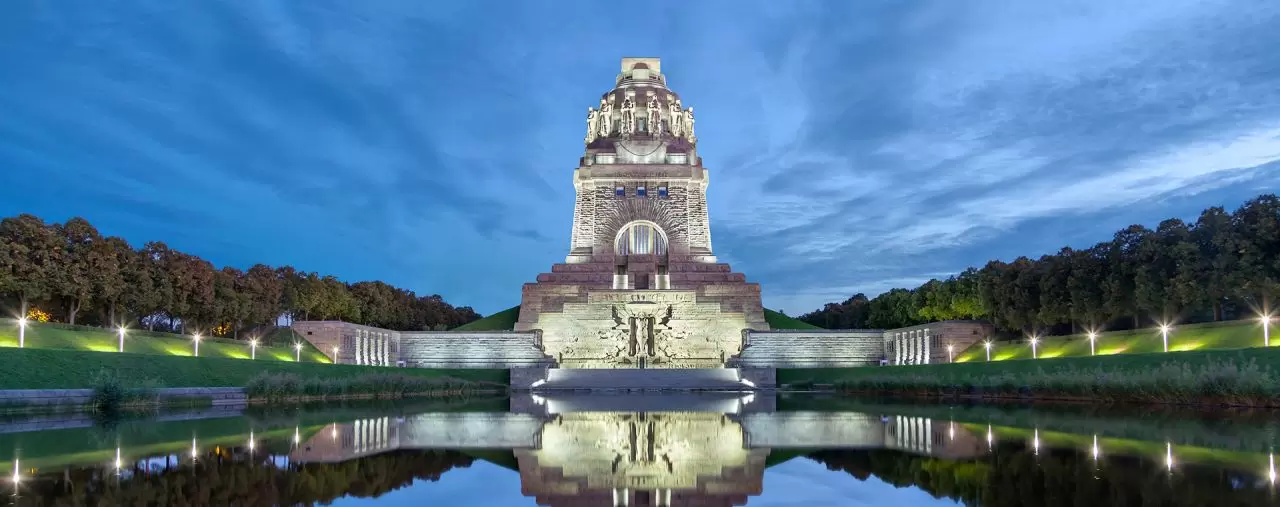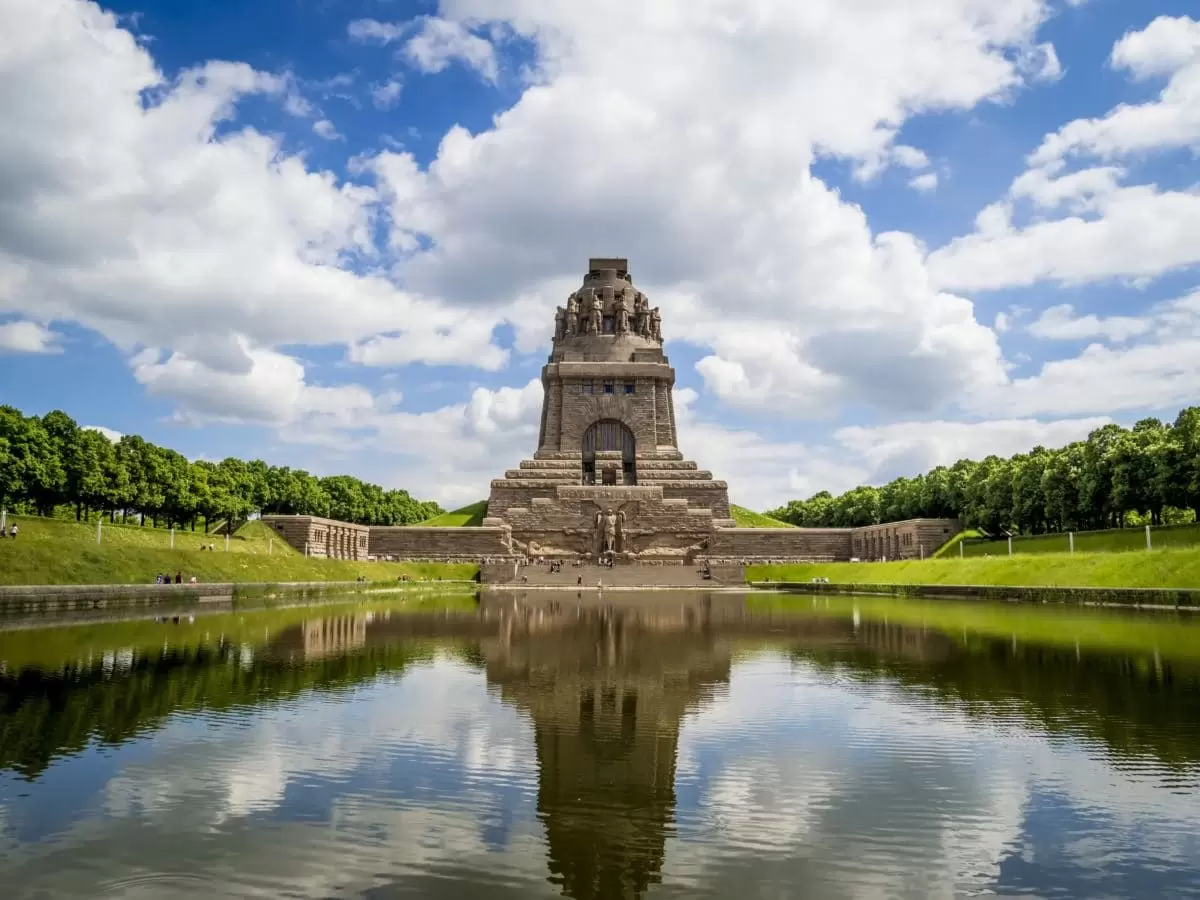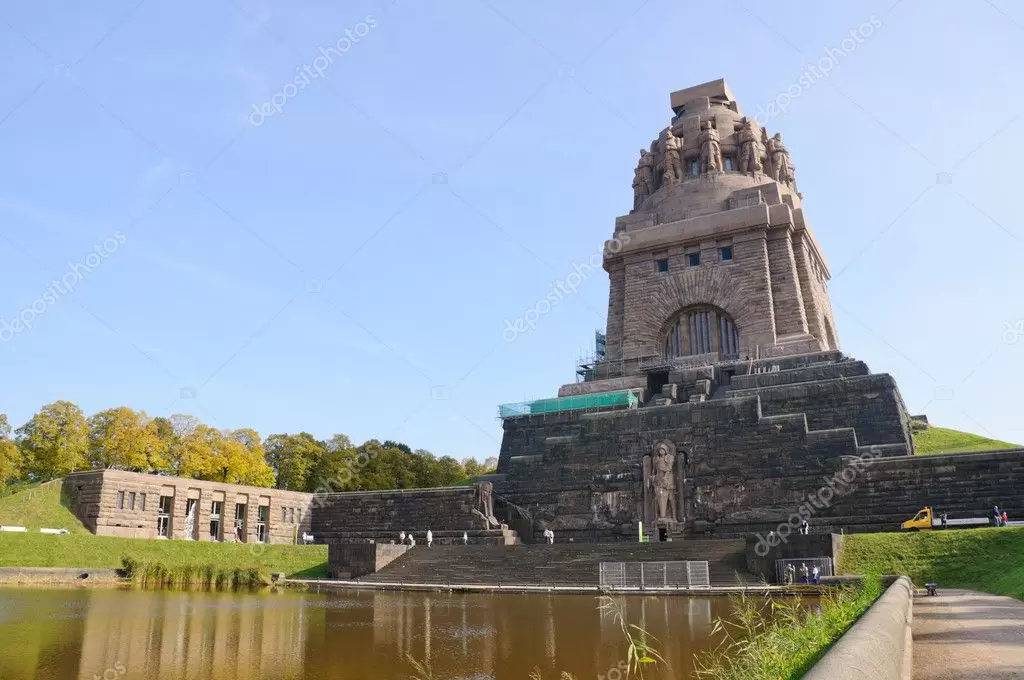Leipzig is a historic city located in the east of Germany. The city was founded in the 12th century and has hosted many important events throughout its history. Therefore, there are many historical sites in Leipzig.
One of the most important historical sites in Leipzig is St. Thomas Church. This church is where Johann Sebastian Bach served as music director for 27 years. In addition, Bach's grave is also located inside the church.
Other historical sites in Leipzig include Altes Rathaus (Old Town Hall), Augustusplatz (Augustus Square), Völkerschlachtdenkmal (Monument to the Battle of the Nations), and Auerbachs Keller (Auerbach Cellar).
Leipzig is also famous for its cultural events along with its historical sites. Events such as the Bach Festival, Leipzig Opera House, and Gewandhaus Orchestra reflect the city's cultural richness.
By visiting Leipzig's historical sites, you can discover the city's historical and cultural heritage.
The Most Important Historical Places in Leipzig

Leipzig is a city located in the east of Germany. Throughout its history, it has been the site of many important events. Therefore, there are many historical sites in the city. This article will provide information about the most important historical sites in Leipzig.
One of the most important historical sites in Leipzig is St. Thomas Church. This church is where Johann Sebastian Bach worked as music director for 27 years. Bach's grave is also located in this church. The church is notable for its Gothic architectural style.
Another important historical site in Leipzig is Altes Rathaus. This building was constructed in 1556 and was used as the city council building. Inside the building, there are many works related to the city's history.
Another important historical site in Leipzig is Völkerschlachtdenkmal. This monument was built during the Napoleonic Wars and was constructed to commemorate the Battle of the Nations, which took place in 1813. The monument is Germany's largest monument, standing at 91 meters tall.
The last important historical site in Leipzig is Augustusplatz. This square is the largest square in the city and many important buildings are located here. In the center of the square, there is the main building of Leipzig University, one of Germany's largest universities.
In conclusion, Leipzig has been the site of many important events throughout its history. Therefore, there are many historical sites in the city. St. Thomas Church, Altes Rathaus, Völkerschlachtdenkmal, and Augustusplatz are among the most important historical sites in Leipzig. By visiting these sites, you can get a closer look at the city's history.
Historical Places to Visit in Leipzig

Leipzig is a city located in the east of Germany. With its historical texture, cultural richness and tourist attractions, it offers an unforgettable experience to its visitors. Historical places to visit in Leipzig include:
1. St. Thomas Church: The church where Johann Sebastian Bach served as music director is an important stop for music lovers. Also, Bach's grave is located inside the church.
2. Altes Rathaus: The old town hall, built in 1556, attracts attention with its Gothic architectural style. Inside the building, there is also a museum where you can learn about the history of Leipzig.
3. Augustusplatz: Augustusplatz, the largest square in the city, dazzles with the architecture of the surrounding buildings. In the middle of the square, there is the main building of Leipzig University, one of Germany's largest universities.
4. Völkerschlachtdenkmal: This monument, built in 1913, was made to commemorate the Battle of Leipzig during the Napoleonic Wars. You can watch the city's view by climbing to the top of the monument.
5. Bach Museum: The museum where you can learn about the life and works of Johann Sebastian Bach is an important stop for music lovers.
Leipzig offers an unforgettable experience to its visitors with its historical texture and tourist attractions. The places mentioned above are among the most important historical places in the city and must be visited.
Historical Buildings and Monuments in Leipzig

Leipzig is a city located in the east of Germany. This city, famous for its historical buildings and monuments, attracts tourists. Leipzig is a city founded in the 12th century and has managed to preserve its historical texture until today.
The historical buildings and monuments in Leipzig reflect the city's history. The most important of these structures are St. Thomas Church, St. Nicholas Church, Altes Rathaus (Old Town Hall), Völkerschlachtdenkmal (Monument to the Battle of the Nations), and the Opera House on Augustusplatz.
St. Thomas Church is the church where Johann Sebastian Bach served as music director for 27 years. Bach's grave is also located in this church. St. Nicholas Church, on the other hand, is known as the center of the Peaceful Revolution that took place in 1989.
Altes Rathaus is a building constructed in 1556 and reflects the city's historical texture. Völkerschlachtdenkmal is a monument built in memory of the Napoleonic Wars that took place in 1813. The Opera House on Augustusplatz, on the other hand, is a modern building constructed in 1960.
The historical buildings and monuments in Leipzig not only reflect the city's history but also attract tourists. These structures are also important for preserving the city's cultural heritage. By preserving its historical texture, Leipzig continues to be an important city for tourism.
The Hidden Stories of Historical Places in Leipzig

Leipzig is a historic city located in the east of Germany. The city was founded in the 12th century and has witnessed many important events throughout its history. Most of the historic sites in Leipzig are important buildings and monuments that reflect the city's rich history. However, many of these places not only contain surface historical information but also hidden stories.
One of the most famous historical sites in Leipzig is St. Thomas Church. This church is where Johann Sebastian Bach worked as a music director for 27 years. Bach composed many important works here, and the church is still a place where Bach's music is performed live today. However, the church's hidden story is what happened during World War II. The church suffered heavy damage during the war and was looted by Soviet soldiers at the end of the war. Many valuable items were stolen from the church, and it underwent a long restoration process.
Another important historical site in Leipzig is the Altes Rathaus, which is Germany's oldest town hall. This building was constructed in 1556 and has witnessed many important events throughout its history. However, the building's hidden story is what happened in 1989. The Altes Rathaus became the center of protests in East Germany, and thousands of people gathered in front of the building. These protests eventually led to the reunification of East and West Germany.
The hidden stories of Leipzig's historical sites make the city's rich history even more interesting. These places not only reflect historical information but also the events and emotions experienced by people. Therefore, visiting Leipzig's historical sites is not only a historical experience but also a great opportunity to explore a part of human history.
The Cultural Importance of Historical Places in Leipzig

Leipzig is a city located in the east of Germany. Throughout its history, it has been the site of many important events. Therefore, there are many historical sites in the city. These places have great cultural significance not only for tourists but also for the local people.
One of the most important historical sites in Leipzig is St. Thomas Church. This church is where Johann Sebastian Bach worked as a music director for 27 years. The works that Bach composed here have an important place in world music history. The church hosts the Bach Festival every year.
Other important historical sites in Leipzig include Leipzig University, one of Germany's oldest universities, Leipzig Zoo, one of Germany's largest zoos, and Leipzig Opera House, one of Germany's largest cultural centers.
The historical sites in Leipzig are an important part of the city's cultural heritage. These places have great importance in preserving the city's history and culture. They also create a great attraction for tourists to visit the city.
In conclusion, the cultural significance of the historical sites in Leipzig is quite significant. These places play an important role in preserving the city's history and culture. They also create a great attraction for tourists to visit the city. Leipzig offers visitors an unforgettable experience with its historical and cultural heritage.

Comments